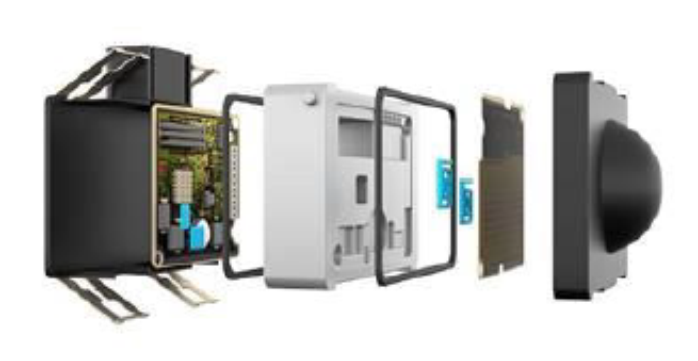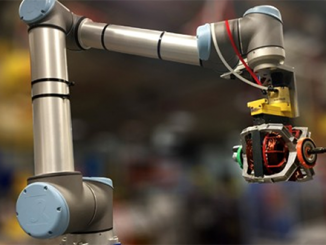
Growing its electromagnetic interference (EMI) shielding portfolio, Dow has introduced a new flexible, silicone adhesive that combines exceptional mechanical and conductive properties with strong EMI shielding for applications in transportation, communications and consumer markets.
“Today’s most innovative electrical and electronics technologies need a strong adhesive with stable EMI shielding across a broad frequency range, including the millimeter range for 5G,” said Jeroen Bello, global senior marketing manager for new technologies at Dow. “Our new DOWSIL EC-6601 Electrically Conductive Adhesive provides this, along with long-lasting mechanical and electrical performance, and the ability to bond to a variety of substrates.”
Formulated to form strong bonds to many substrates, it has greater than 150 percent elongation to enable flexibility at the joints, said Bello. With its longer shelf life, better material strength, increased flexibility, stronger adhesion, and greater electrical conductivity, it provides key advantages over other conductive elastomers, a category of materials that is used widely in today’s printed circuit board and advanced systems assembly market.
It is designed to provide stable EMI shielding for many demanding new applications while maintaining its properties and electrical conductivity, explained Bello. In the transportation industry, for example, the electrification of vehicles is driving increased demand for greater connectivity, reliability and compliance with tight safety regulations that require high-performance EMI shielding. The new vehicle architectures for autonomous vehicles are also raising the bar for EMI shielding because of their many sensor configurations. In the communications market, 5G base stations and optical interconnects that need greater data transfers at faster speeds are challenging EMC experts. Consumer electronics with high-density packaging and smart architectures are also susceptible to electronic pollution that can disrupt or disable circuits. It can be used as an adhesive, formed-in-place gaskets, or cure-in-place gaskets.
For more info, see www.dow.com.



